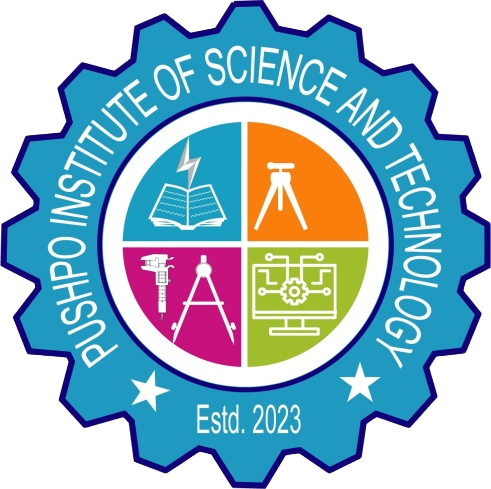What Subjects are taught?
- Transmission and Distribution Engineering: Transmission and distribution engineering refers to the field of electrical engineering focused on designing, constructing, and maintaining the systems that transport electricity from power plants to consumers, with “transmission” referring to the long-distance movement of high voltage electricity, and “distribution” referring to the process of lowering voltage and delivering electricity to individual homes and businesses through a network of smaller lines.
- Electrical Circuit Engineering: Electrical circuit engineering is the process of designing and constructing electrical circuits for devices like phones, medical equipment, and household appliances. Responsibilities Designing and building electronic circuits, Analyzing existing systems for defects, Designing and incorporating analog and digital circuits, Defining and implementing electronic plans, and Interconnecting electrical framework.
- Alternating Current (AC) Machines Engineering: Alternating current (AC) machines are electrical machines that use alternating current to perform a variety of functions. They are a key part of electrical engineering and are used in many applications, including household appliances, industrial machines, and power generation.
- Direct Current Machines Engineering: A DC machine is an electromechanical energy alteration device. The working principle of a DC machine is when electric current flows through a coil within a magnetic field, and then the magnetic force generates a torque that rotates the dc motor.
- Switchgear Engineering: Electrical circuits handle a predetermined load capacity by design. They must be regulated to prevent excess current from overheating the wiring and overloading the system. An overloaded system is a safety hazard that can damage vital components and even cause electrical fires. Switchgear exists to regulate electrical assets and ensure their safe and efficient operation.
- Electronic Engineering: Electronic engineering is a sub-discipline of electrical engineering that emerged in the early 20th century and is distinguished by the additional use of active components such as semiconductor devices to amplify and control electric current flow. Previously electrical engineering only used passive devices such as mechanical switches, resistors, inductors, and capacitors.
- Electrical Wiring: Electrical wiring for a house typically includes circuits for outlets, lighting, and appliances. It’s installed in walls, ceilings, and floors, and protected by circuit breakers.
- Electrical Solar Engineering: Electrical solar engineering, also known as solar photovoltaic (PV) engineering, is the process of designing, developing, and maintaining solar panels and other solar-powered systems. The goal is to generate electricity from sunlight to reduce reliance on fossil fuels.
- Motor Control Engineering: Motor control refers to manual or automatic methods for starting, stopping, controlling speed, reversing, and protecting a motor. These controls are achieved using a variety of circuits, connections and sensors.
- Programmable logic Controllers (PLC): PLC engineering involves designing, maintaining, and troubleshooting systems using programmable logic controllers (PLCs). PLCs are used to automate processes and machinery in industrial settings.
Required labs to study:
- Drawing Lab (45 Drawing Table)
- Electronic Lab
- Electrical House Wiring Lab
- Engineering material Measurement Lab
- Electrical Machine Lab
- Computer Lab
- Physics & Chemistry Lab
- Electrical Workshop
Job Opportunities
Electrical engineers work in industries that include research and development, energy, engineering services, manufacturing, telecommunications and the federal government. Electrical Engineering job growth is projected to occur largely in engineering services firms, as more companies rely on the expertise of electrical engineers to develop projects involving electronic devices and systems. Electrical engineers also will remain in demand to develop sophisticated consumer electronics, says the BLS (Bureau of Labor Statistics).
- Architectural, engineering and related services
- Electric power generation, transmission and distribution
- Navigational, measuring, electro medical and control instruments manufacturing
- Scientific research and development services
- Semiconductor and other electronic component manufacturing
How are the higher education facilities?
With research and development being an important driver of economic growth, the demand for higher education in engineering abroad is increasing day by day Electrical engineering students can avail this opportunity; There is no alternative to higher education, especially for enhancing professional or research skills. Studying Electrical engineering abroad is very expensive. But there is hope; almost all universities in the world have various scholarship programs to attract talented people to higher education. These scholarships cover course fees as well as monthly stipends for personal expenses, which help students focus on their studies while reducing the financial burden of studying at university.
